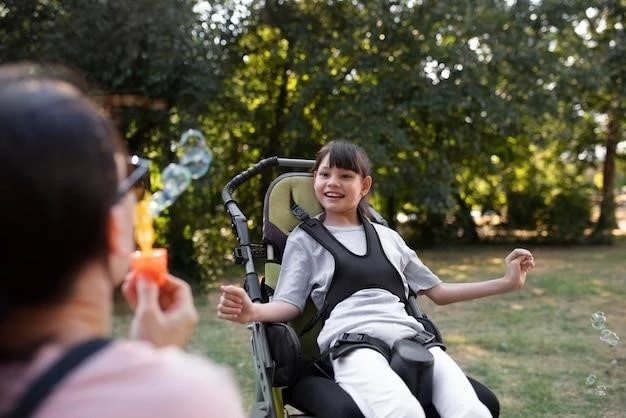Article Plan⁚ Disease ⎯ Parkes Weber Syndrome
Parkes-Weber syndrome is a congenital vascular disease with several types of malformations. While clinically distinct, it’s often misdiagnosed as Klippel-Trenaunay syndrome. It involves abnormal blood vessels and genetic mutations. The syndrome leads to complications like arteriovenous malformations, and overgrowth of limbs.
Introduction to Parkes Weber Syndrome
Parkes-Weber syndrome, a congenital vascular disease, is characterized by a complex network of blood vessel malformations, including capillary, venous, lymphatic, and arteriovenous malformations. Often confused with Klippel-Trenaunay syndrome, Parkes-Weber syndrome results from genetic mutations leading to arteriovenous malformations and limb overgrowth. Patients may experience symptoms like capillary malformations, excessive growth of bone and soft tissue, and arteriovenous fistulas.

Definition and Symptoms of Parkes Weber Syndrome
Parkes-Weber syndrome is a rare congenital vascular disease characterized by capillary malformations, arteriovenous fistulas, and limb overgrowth, often affecting the legs. Symptoms typically include large, flat pink stains on the skin known as port-wine stains, multiple arteriovenous fistulas causing abnormal blood flow, and overgrowth of one limb, leading to asymmetry in size and length compared to the other limb. People with this syndrome may face complications like bleeding, ulcers, and heart issues due to the abnormal vascular connections;

Causes and Risk Factors
Parkes-Weber syndrome is a congenital vascular malformation caused by genetic mutations, with some cases linked to spontaneous or inherited RASA1 gene mutations. These mutations lead to arteriovenous malformations, creating abnormal blood vessel connections. Risk factors include a family history of the syndrome, though in cases without multiple capillary malformations, the cause may be unknown. Individuals with Parkes-Weber syndrome experience complex vascular abnormalities, involving capillary malformations and arteriovenous fistulas from birth, leading to complications like abnormal bleeding and heart failure.
Diagnosis of Parkes Weber Syndrome
Diagnosing Parkes-Weber syndrome involves a thorough clinical evaluation, including a physical examination to identify characteristic signs such as capillary malformations, limb overgrowth, and arteriovenous fistulas. Imaging tests like Doppler ultrasound, magnetic resonance imaging (MRI), or angiography can help confirm the presence of abnormal blood vessel connections and malformations. Genetic testing may be recommended to detect mutations in the RASA1 gene, especially in cases with multiple capillary malformations.
Distinction from Klippel-Trenaunay Syndrome
Parkes-Weber syndrome and Klippel-Trenaunay syndrome are both vascular malformations but exhibit distinct characteristics. While Parkes-Weber syndrome involves capillary, venous, lymphatic, and arteriovenous malformations with limb overgrowth due to arteriovenous shunting, Klippel-Trenaunay syndrome presents with capillary, venous, and lymphatic vessel malformations without direct arteriovenous connections. Understanding these differences is crucial for accurate diagnosis and appropriate treatment planning.
Treatment Options for Parkes Weber Syndrome
Treatment approaches for Parkes-Weber syndrome aim to manage symptoms, reduce complications, and improve quality of life. Options may include a combination of interventions such as laser therapy for capillary malformations, embolization or surgery to address arteriovenous fistulas, and orthopedic procedures for limb overgrowth. Each treatment plan is tailored to the individual’s specific condition and may involve a multidisciplinary team of specialists.
Complications Associated with Parkes Weber Syndrome
Parkes Weber Syndrome can lead to various complications due to the abnormal blood vessel connections and malformations present from birth. Complications may include abnormal bleeding, ulcers, pain, heart issues, and life-threatening conditions like heart failure. The combination of capillary malformations and arteriovenous fistulas can disrupt blood flow, leading to localized symptoms in the affected limb and potential systemic effects impacting overall health.
Genetic Aspect⁚ RASA1 Gene Mutation
Parkes-Weber syndrome is often associated with mutations in the RASA1 gene, leading to abnormal blood vessel formations like arteriovenous malformations (AVMs). The RASA1 gene plays a crucial role in cell signaling and vascular development. Mutations in this gene can result in a nonfunctional p120-RasGAP protein, affecting the regulation of cell growth and movement. Understanding the genetic aspect of Parkes-Weber syndrome can aid in diagnosis and potential targeted treatments.
Prognosis and Management Strategies
Parkes-Weber Syndrome’s prognosis varies depending on the severity of vascular malformations and associated complications. Management strategies often involve a multidisciplinary approach to address symptoms effectively. Regular monitoring by healthcare providers is crucial to detect and manage any potential complications promptly. Treatment plans are tailored to each individual, focusing on improving quality of life and minimizing the impact of the syndrome on daily functioning.
Research and Support Resources for Parkes Weber Syndrome
Research into Parkes-Weber syndrome focuses on understanding the genetic basis of the disorder, such as the role of RASA1 gene mutations, and developing targeted therapies to manage vascular malformations and associated complications. Support resources for individuals and families affected by Parkes-Weber syndrome include genetic counseling services, patient advocacy groups like the National Organization for Rare Disorders (NORD), and clinical trials investigating novel treatment approaches. These resources aim to provide information, support, and potential avenues for participating in research to improve outcomes for individuals with this rare condition.
